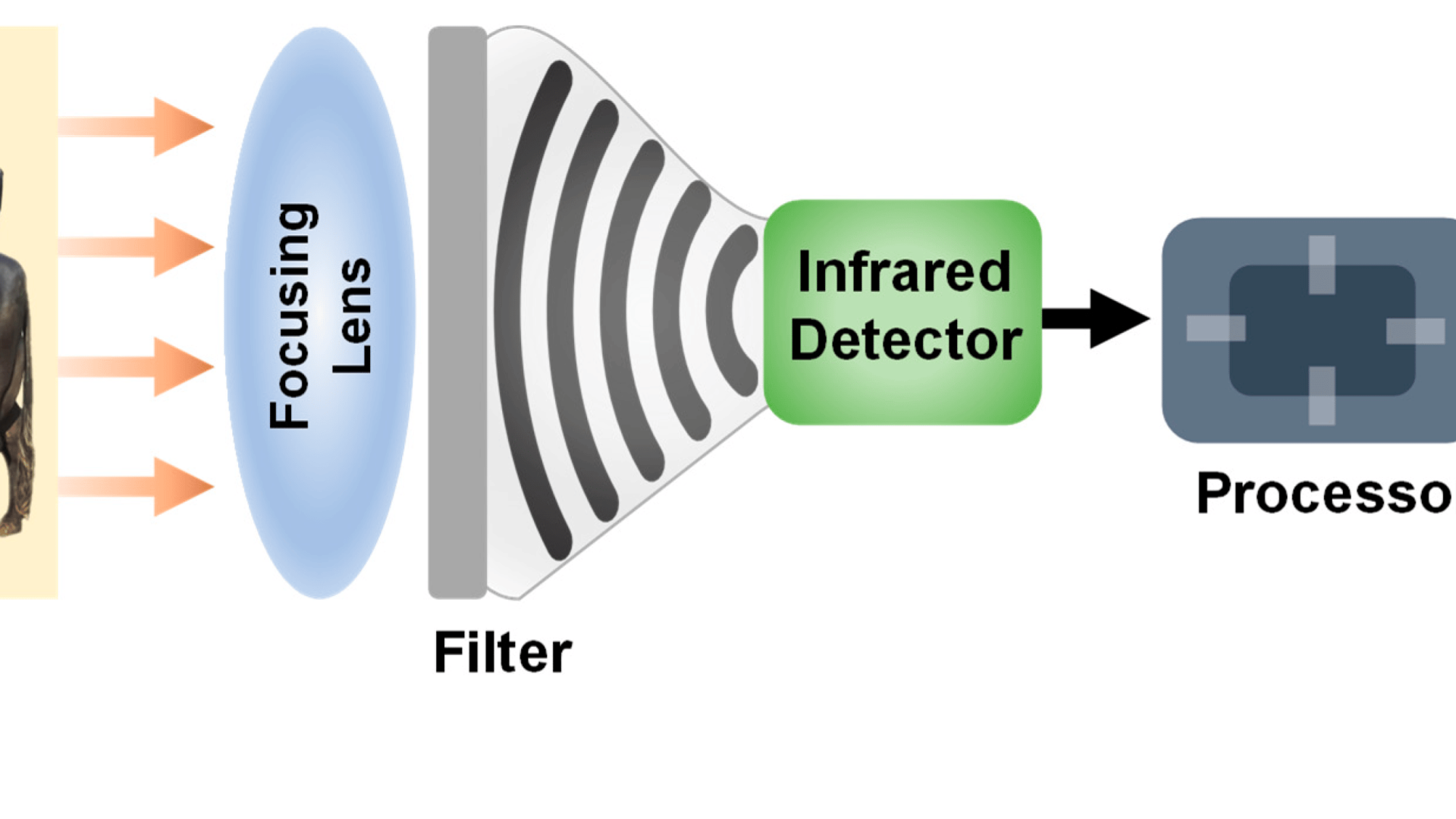Cameras monitor bovine respiratory disease

Bovine respiratory disease (BRD), also known as shipping fever, is one of the most common and costly diseases that affect the North American beef cattle industry. Mainly affecting the lungs of cattle, BRD is highly prevalent during the first week or two after animals arrive at a feedlot. Weaning and shipping — two of the high-stress events that happen before calves arrive at feedlots — can depress their immune systems and increase their chance of developing disease. However, an accurate and timely diagnosis of BRD can maximize the effectiveness of subsequent antibiotic treatments.
Precision technological advancements allow beef cattle feedlot employees the opportunity to monitor and flag cattle showing signs of illnesses like BRD. “The huge challenge with all of these [precision technologies] is you can invent a system to track behaviour, but you still have to come up with an algorithm for the behaviours that accurately predict respiratory disease”, says Dr. John Campbell, a professor and beef cattle specialist at the Western College of Veterinary Medicine (WCVM).
Using cameras placed above the pen of the subjects, the researchers at WCVM observed any behavioural changes that occurred in the cattle following treatment for BRD. Since the cameras allowed for continuous video collection, team members completed analyzing all of the footage with the goal of identifying the specific behaviours indicative of recovery. “All cattle are somewhat prey animals, so they are good at disguising when they feel sick. You’re looking for fairly subtle signs. [But] the current case definition is very vague: ‘They look sick and have a fever.’”
The common observable clinical signs of BRD include nasal discharge, depression, reduced feed intake, separation from herd, changing respiratory rates and coughing. Since some of these behaviours last only a short time, they can be easily missed during routine pen checks.
“I think we will gradually see more and more as some of these systems get cheaper. We are seeing adaptations coming in industries such as dairy already, so it is probably just a matter of time [for the beef cattle sector],” says Campbell. “At the end of the day, it does come down to cost though. You are still going to need people to go in and select the sick cattle and bring them out of the pen and treat them, so you cannot completely eliminate your labour costs.”